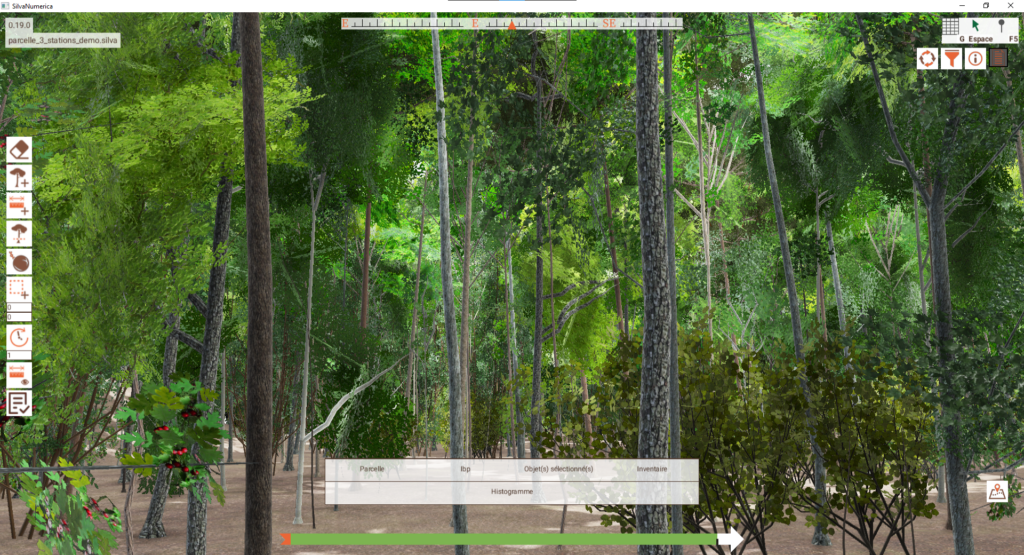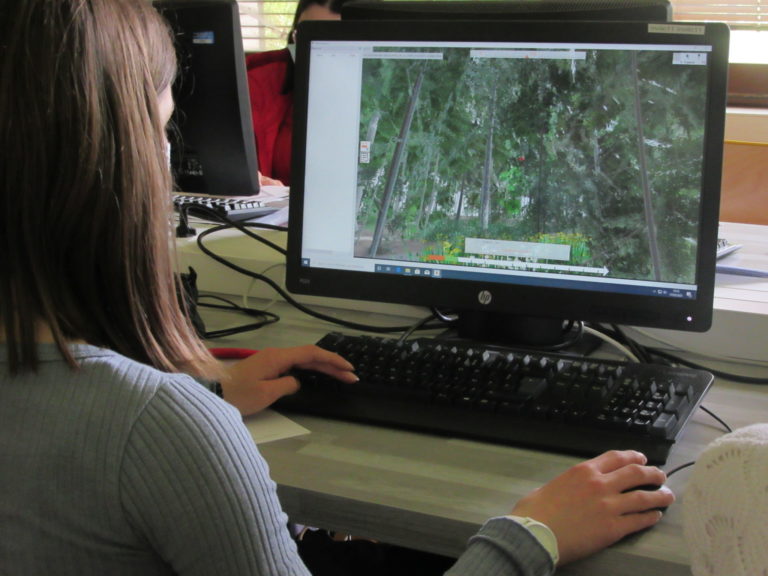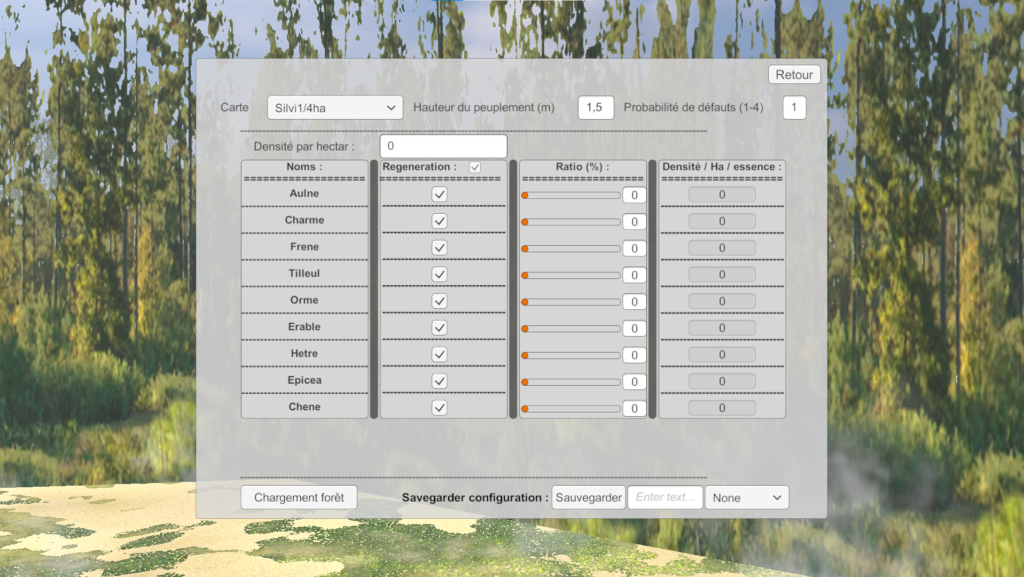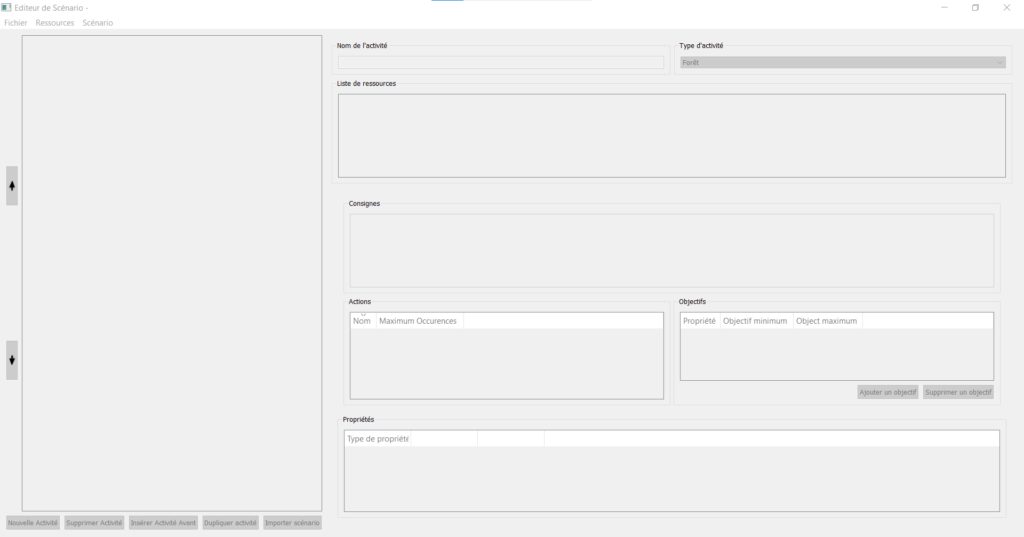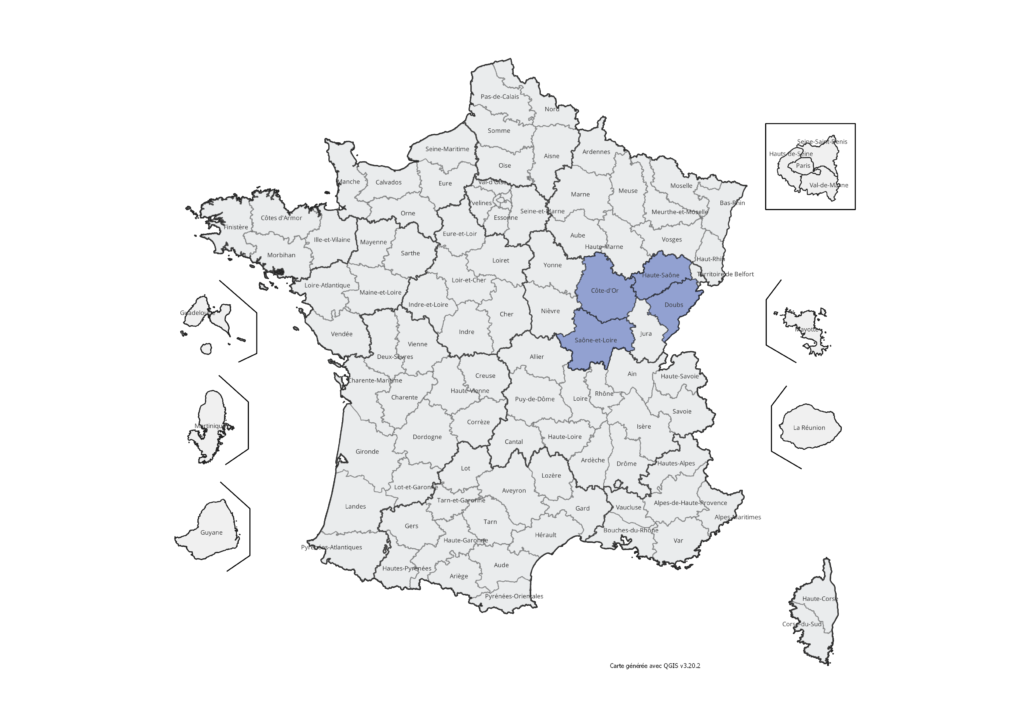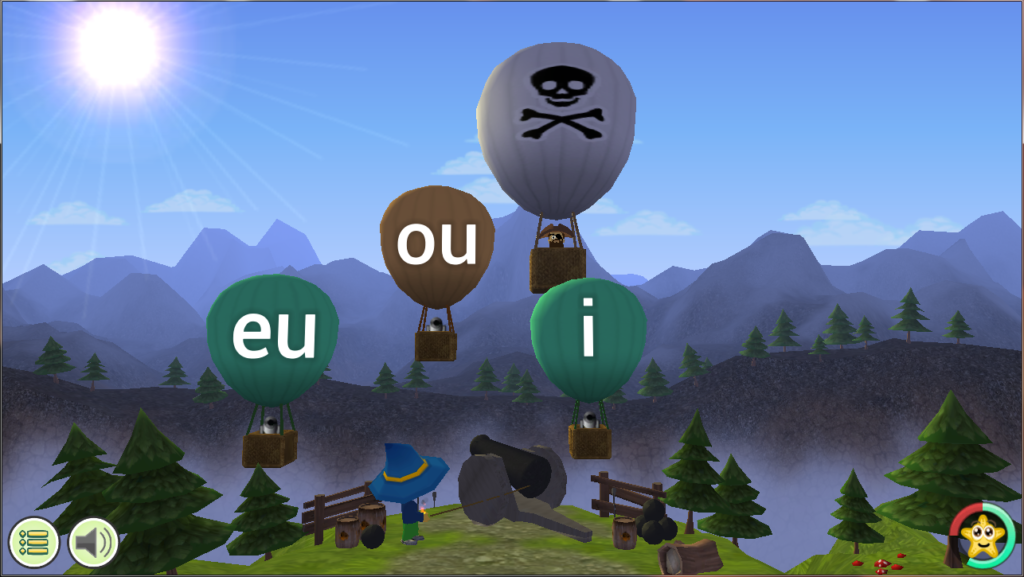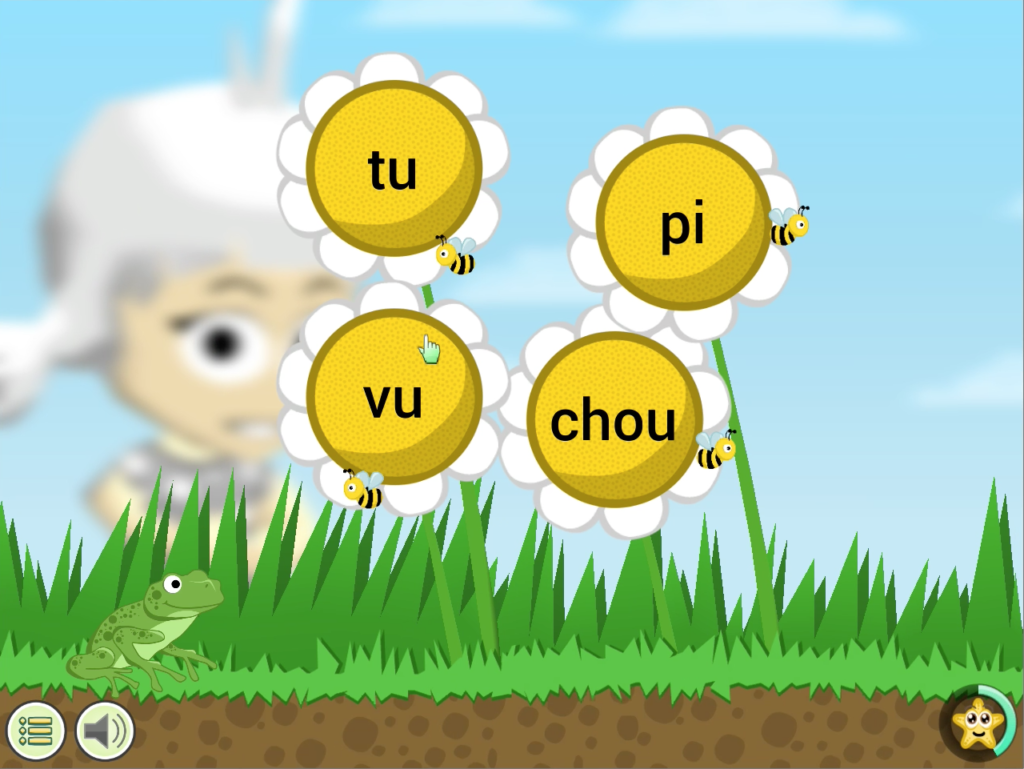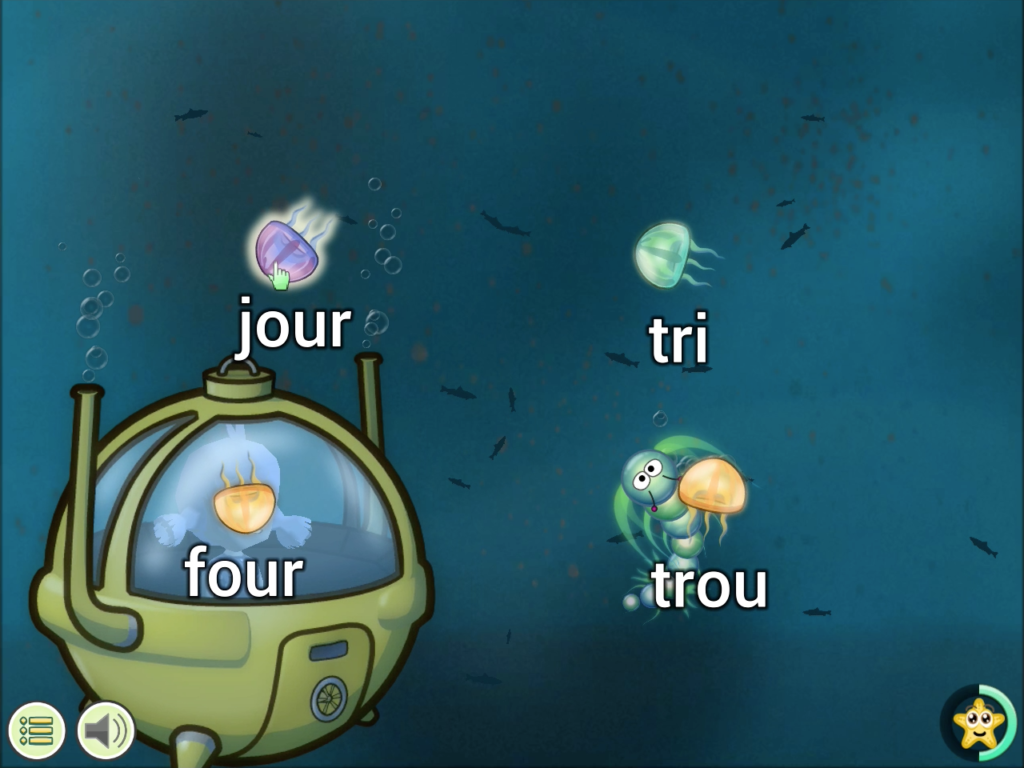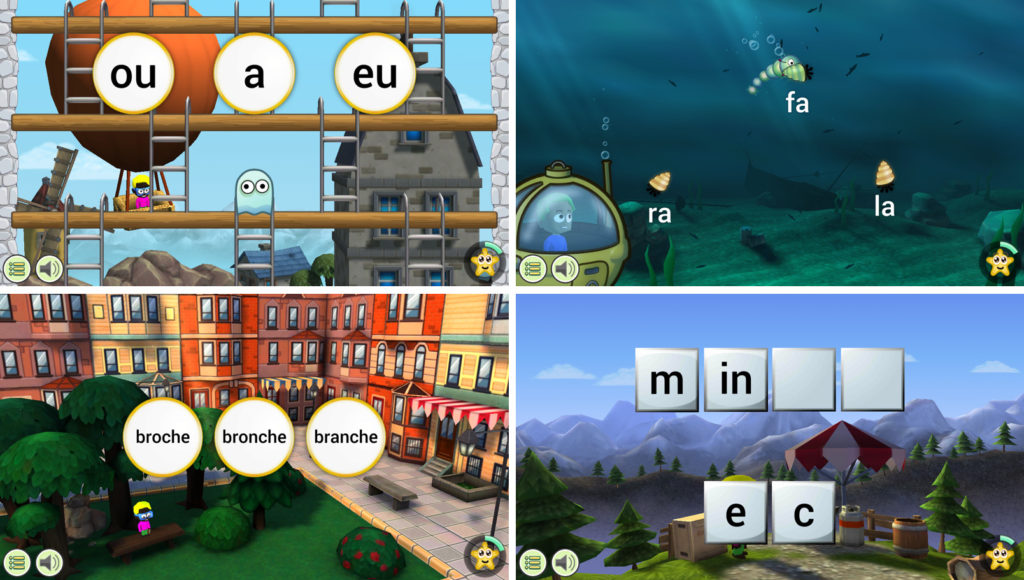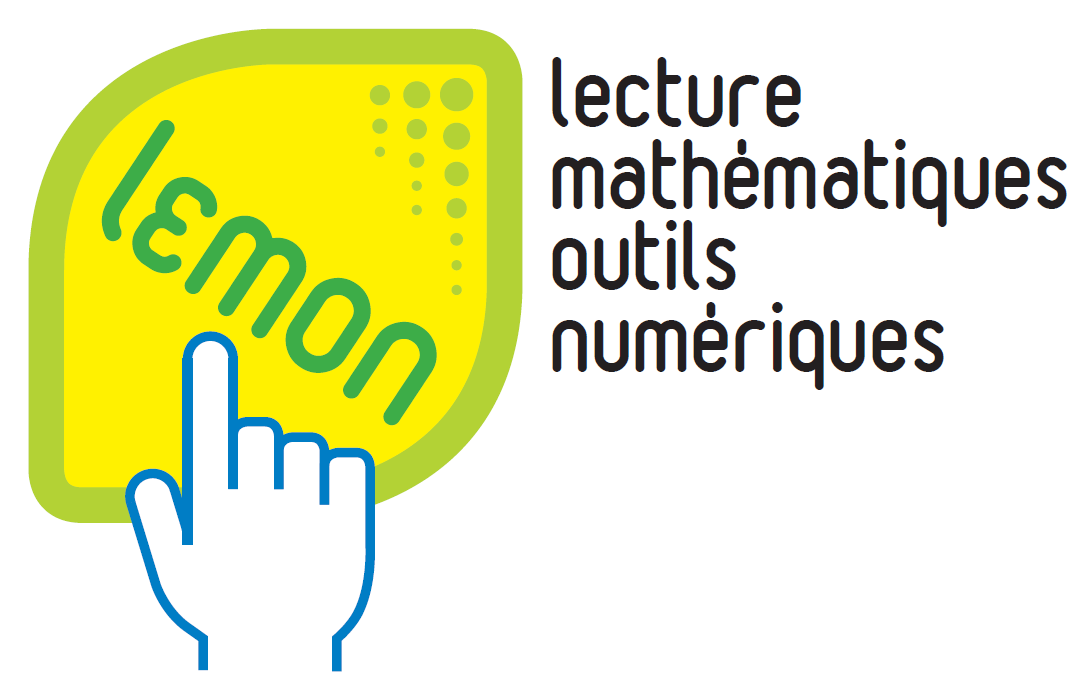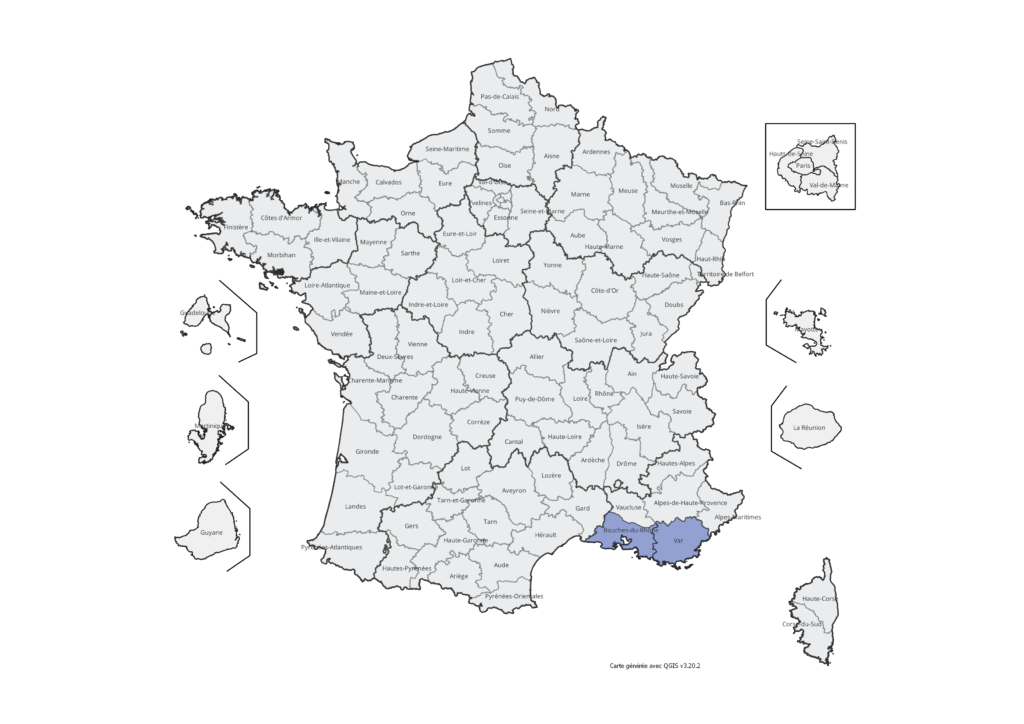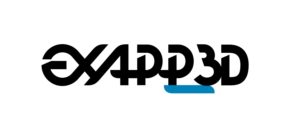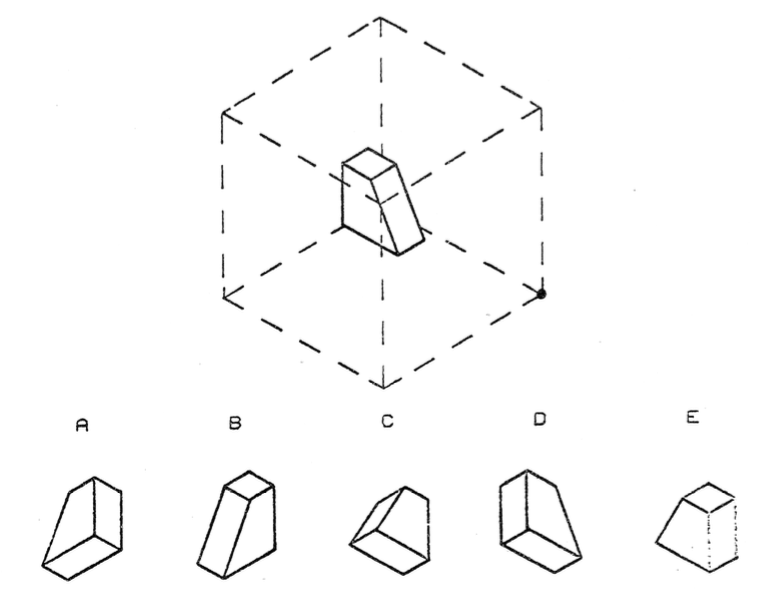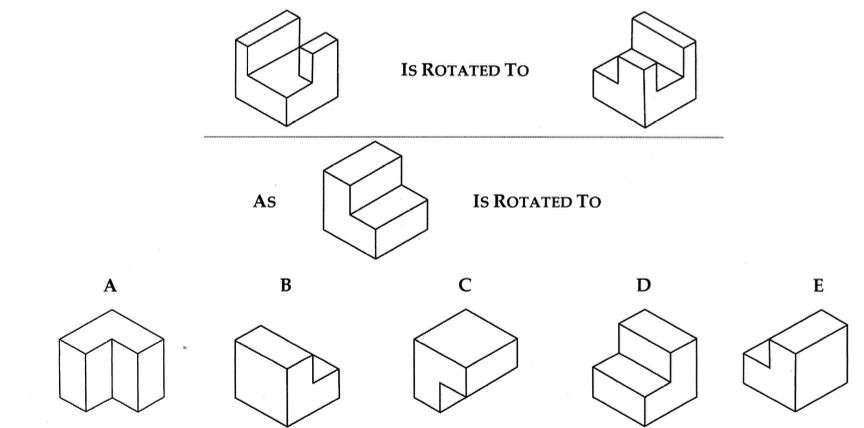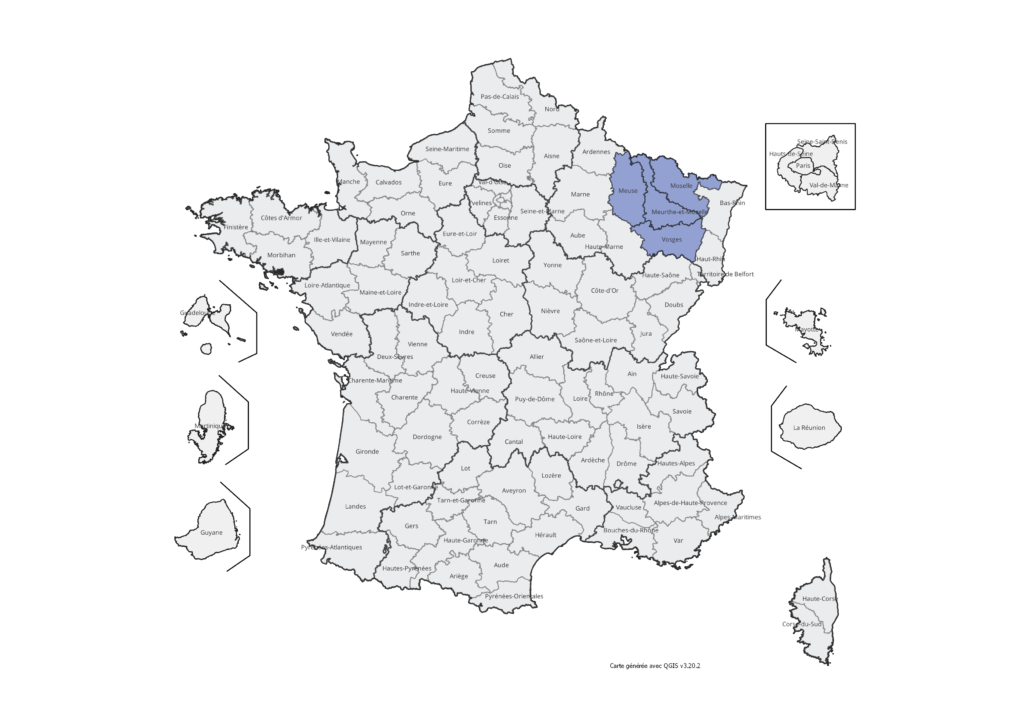Références
Aluísio, S. et Gasperin, C. (2010). Fostering digital inclusion and accessibility: the PorSimples projectfor simplification of Portuguese texts. Dans Proceedings of the NAACL HLT 2010 Young Investigators Workshop on Computational Approaches to Languages of the Americas (p. 46-53). Association for Computational Linguistics. https://dl.acm.org/doi/pdf/10.5555/1868701.1868708
Bentolila, A. et Richaudeau, F. (1989). Le moniteur de lecture CE2. Nathan-Retz. https://doi.org/10.3406/spira.1990.1936
Best, R. M., Floyd, R. G. et Mcnamara, D. S. (2008). Differential competencies contributing to children’s comprehension of narrative and expository texts. Reading Psychology, 29(2), 137-164.
Bianco, M., Nardy, A., Lima, L., Colé et Megherbi, H. (2014). ANR Devcomp. https://pdessus.fr/devcomp/membres.html
Bianco, M. (2016). Du langage oral à la compréhension de l’écrit. PUG.
Bianco, M. et Lima, L. (2017). Enseigner la compréhension en lecture. Hatier.
Brouwers, L., Bernhard, D., Ligozat, A.-L. et François, T. (2014). Syntactic sentence simplification for French. Dans Proceedings of the 3rd Workshop on Predicting and Improving Text Readability for Target Reader Populations (PITR) (p. 47-56).
Cain, K., Oakhill, J. et Lemmon, K. (2004). Individual differences in the inference of word meanings from context: The influence of reading comprehension, vocabulary knowledge, and memory capacity. Journal of Educational Psychology, 96(4), 671.
Carroll, J., Minnen, G., Canning, Y., Devlin, S. et Tait, J. (1998). Practical simplification of English newspaper text to assist aphasic readers. Dans Proceedings of the AAAI-98 Workshop on Integrating Artificial Intelligence and Assistive Technology (p. 7-10). Citeseer.
Casalis, S., Colé, P. et Sopo, D. (2004). Morphological awareness in developmental dyslexia. Annals of Dyslexia, 54(1), 114-138.
Chabanon, L., Durand de Monestrol, H. et Verlet, I. (2019). PISA 2018 : stabilité des résultats en compréhension de l’écrit.
Chevrie-Muller, C., Maillart, C., Simon, A. et Fournier, S. (2010). Langage oral, Langage écrit, Mémoire, Attention (L2MA-2) (2e éd.). Éditions du centre de psychologie appliquée (ECPA)
Deltour, J.-J. et Hupkens, D. (1980). Test de vocabulaire actif et passif, TVAP. Editions Applications des Techniques Modernes.
Duke, N. K. (2000). 3.6 minutes per day: The scarcity of informational texts in first grade. Reading Research Quarterly, 35(2), 202-224.
Écalle, J. (2006). Timé-3 : test d’identification de mots écrits. Mot à mot éditions.
François, T. (2011). Les apports du traitement automatique du langage à la lisibilité du français langue étrangère [thèse de doctorat, Université Catholique de Louvain, Louvain, Belgique].
Gala, N., Todirascu, A., Bernhard, D., Wilkens, R. et Meyer, J.-P. (2020). Transformations syntaxiques pour une aide à l’apprentissage de la lecture : typologie, adéquation et corpus adaptés. Dans Congrès Mondial de Linguistique Française (CMLF 2020). https://hal.archives-ouvertes.fr/hal-02562205/
Gala, N. et Ziegler, J. (2016). Reducing lexical complexity as a tool to increase text accessibility for children with dyslexia. Dans Proceedings of the Workshop on Computational Linguistics for Linguistic Complexity (CL4LC) (p. 59-66). https://hal-amu.archives-ouvertes.fr/hal-01757941/file/GalaZiegler_CL4LC-2016.pdf
Gauthier, L., Dehaut, F., Joanette, Y. et al., (1989). The bells test: a quantitative and qualitative test for visual neglect. International Journal of Clinical Neuropsychology, 11(2), 49-54.
Gentaz, E., Sprenger-Charolles, L. et Theurel, A. (2015). Differences in the predictors of reading comprehension in first graders from low socio-economic status families with either good or poordecoding skills. PloS One, 10(3), e0119581. https://doi.org/10.1371/journal.pone.0119581
Hiebert, E. H. et Cervetti, G. N. (2012). What differences in narrative and informational texts mean for the learning and instruction of vocabulary. Vocabulary Instruction: Research to Practice, 2, 322-344.
Javourey-Drevet, L., Gala, N., François, T., Dufau, S., Ginestié, J. et Ziegler, J. C. (2020). Text simplificationof literary and scientific texts to improve reading fluency and comprehension in childrenlearning to read in French. Dans Colloque international SFERE Provence (FED 4238)/Ampiric (p. 40).
Kendeou, P., Van Den Broek, P., Helder, A. et Karlsson, J. (2014). A cognitive view of reading comprehension: Implications for reading difficulties. Learning Disabilities Research & Practice, 29(1), 10-16. https://doi-org.lama.univ-amu.fr/10.1111/ldrp.12025
Keshavarz, M. H., Atai, M. R. et Ahmadi, H. (2007). Content schemata, linguistic simplification, and EFL readers’ comprehension and recall. University of Hawaii National Foreign Language Resource Center. https://files.eric.ed.gov/fulltext/EJ759838.pdf
Kim, Y.-S. G. et Wagner, R. K. (2015). Text (oral) reading fluency as a construct in reading development: An investigation of its mediating role for children from grades 1 to 4. Scientific Studies of Reading, 19(3), 224-242.
Lecocq, P. (1996). L’ECOSSE : Une épreuve de compréhension syntaxico-sémantique. Presses Universitaires du Septentrion.
Lima, L., Bianco, M., Guérin, L., Nanot, M. et Reale-Bruyat, F. (2016). 11 stratégies pour apprendre à comprendre des textes narratifs. Hatier.
Marin, B., Crinon, J., Legros, D. et Avel, P. (2007). Lire un texte documentaire scientifique : quels obstacles, quelles aides à la compréhension ? Revue française de pédagogie. Recherches en éducation, (160), 119-131. https://doi-org.lama.univ-amu.fr/10.4000/rfp.786
McNamara, D. S., Ozuru, Y. et Floyd, R. G. (2011). Comprehension challenges in the fourth grade: The roles of text cohesion, text genre, and readers’ prior knowledge. International Electronic Journal of Elementary Education, 4(1), 229-257.
Morais, J. (1993). Compréhension/décodage et acquisition de la lecture. Lecture-écriture : acquisition. Les actes de La Villette, 10-21.
Mullis, I. V., Martin, M. O., Foy, P. et Hooper, M. (2017). PIRLS 2016: International Results in Reading. Retrieved from Boston College, TIMSS & PIRLS International Study Center website. http://timssandpirls.bc.edu/pirls2016/international-results/
Perfetti, C. (2007). Reading ability: Lexical quality to comprehension. Scientific Studies of Reading, 11(4), 357-383. https://doi.org/10.1080/10888430701530730
Perfetti, C., McKeown, M. et Kucan, L. (2010). Decoding, vocabulary, and comprehension. Bringing Reading Research to Life, 291-303.
Raven, J. (1998). Progressive Matrices Couleurs (PM 38), Progressive Matrices Standard (PM 47), Étalonnage Français. Éditions du centre de psychologie appliquée (ECPA).
Safari, M. et Mohaghegh Montazeri, M. (2017). The effect of reducing lexical and syntactic complexity of texts on reading comprehension. Journal of Teaching Language Skills, 36(3), 59-83.
Saggion, H. (2017). Automatic text simplification: Synthesis lectures on human language technologies (vol. 10 (1)). Morgan & Claypool Publishers.
Share, D. L. (1995). Phonological recoding and self-teaching: Sine qua non of reading acquisition. Cognition, 55(2), 151-218.
Siddharthan, A. (2014). A survey of research on text simplification. ITL-International Journal of Applied Linguistics, 165(2), 259-298.
Sprenger-Charolles, L., Colé, P., Piquard-Kipffer, A. et Leloup, G. (2010). EVALEC, Batterie informatisée d’évaluation diagnostique des troubles spécifiques d’apprentissage de la lecture.
Sprenger-Charolles, L. et Ziegler, J. C. (2019). Apprendre à lire : contrôle, automatismes et auto-apprentissage. Dans B. Bentolila et A. Germain (dir.), L’apprentissage de la lecture (p. 95-109). Nathan.
Todirascu, A., François, T., Gala, N., Fairon, C., Ligozat, A.-L. et Bernhard, D. (2013). Coherence andcohesion for the assessment of text readability. Dans Proceedings of 10th International Workshop on Natural Language Processing and Cognitive Science (NLPCS 2013) (p. 11-19).
Wechsler, D. (2004). The Wechsler intelligence scale for children. Pearson Assessment.
Willingham, D. T. (2006). The usefulness of brief instruction in reading comprehension strategies. American Educator, 30(4), 39-50.
Wolfe, M. B. (2005). Memory for narrative and expository text : independent influences of semanticassociations and text organization. Journal of Experimental Psychology: Learning, Memory, and Cognition, 31(2), 359.
Ziegler, J. C., Castel, C., Pech-Georgel, C., George, F., Alario, F.-X. et Perry, C. (2008). Developmental dyslexia and the dual route model of reading: Simulating individual differences and subtypes. Cognition, 107(1), 151-178.
Ziegler, J. C., Pech-Georgel, C., Dufau, S. et Grainger, J. (2010). Rapid processing of letters, digits and symbols: what purely visual-attentional deficit in developmental dyslexia? Developmental Science, 13(4), F8-F14.
Ziegler, J. C., Perry, C. et Zorzi, M. (2014). Modelling reading development through phonological decodingand self-teaching: Implications for dyslexia. Philosophical Transactions of the Royal Society B: Biological Sciences, 369(1634), 20120397.
Zorzi, M., Barbiero, C., Facoetti, A., Lonciari, I., Carrozzi, M., Montico, M., Bravar, L., George, F., Pech-Georgel, C. et Ziegler, J. C. (2012). Extra-large letter spacing improves reading in dyslexia. Proceedings of the National Academy of Sciences, 109(28), 11455-11459.

